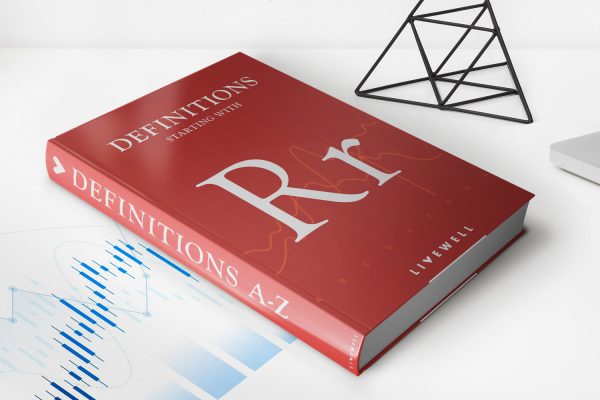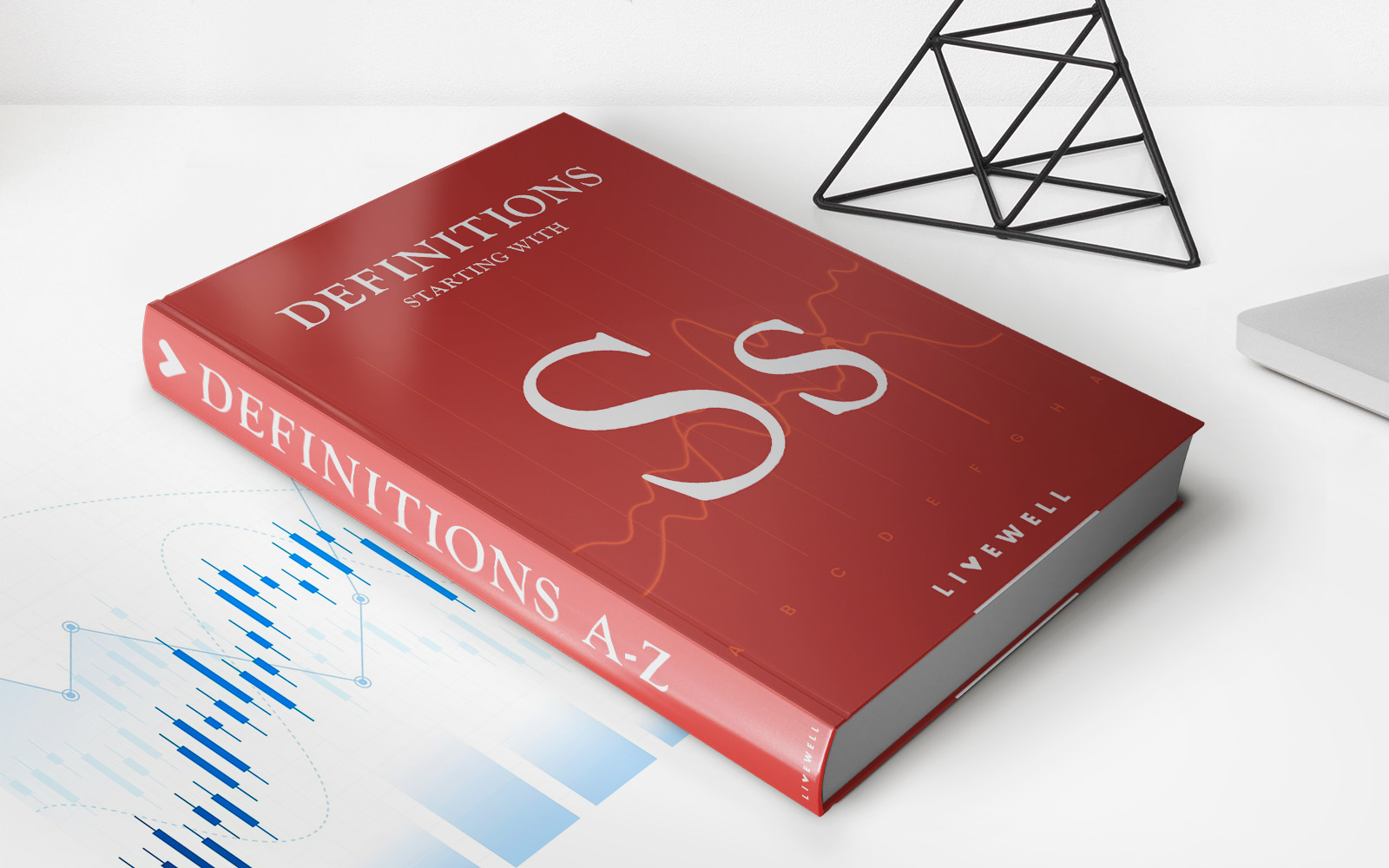

Finance
Which Loans Should I Pay Off First?
Published: February 17, 2024
Learn how to prioritize your loan payments and manage your finances wisely. Discover which loans to pay off first to achieve financial stability. Expert advice on managing your finances effectively.
(Many of the links in this article redirect to a specific reviewed product. Your purchase of these products through affiliate links helps to generate commission for LiveWell, at no extra cost. Learn more)
Table of Contents
Introduction
Managing multiple loans can be overwhelming, especially when you’re juggling various interest rates, terms, and payment schedules. It’s essential to have a strategic approach to prioritize which loans to pay off first, as this can have a significant impact on your financial well-being. By understanding the different types of loans and considering various factors, such as interest rates, tax benefits, and loan terms, you can make informed decisions that align with your financial goals.
Whether you’re dealing with student loans, credit card debt, a mortgage, or other types of loans, each comes with its own set of considerations. Determining which loans to tackle first requires a thoughtful analysis of your overall financial situation and the specific attributes of each loan. This article will delve into the key factors to consider when deciding which loans to pay off first and provide insights into prioritizing loans based on interest rates, tax benefits, and loan terms. By the end, you’ll have a clearer understanding of how to approach your loan repayment strategy, empowering you to make informed and beneficial financial decisions.
Understanding Different Types of Loans
Loans come in various forms, each serving different purposes and carrying distinct terms and conditions. Understanding the different types of loans is crucial for making informed decisions about which ones to prioritize for repayment.
1. Student Loans: These loans are specifically designed to help students cover the costs of higher education. They can be federal or private, with varying interest rates and repayment terms. Federal student loans often offer more flexible repayment options and forgiveness programs.
2. Credit Card Debt: Credit cards allow users to borrow money up to a certain limit, and the borrowed amount must be repaid within a specified period to avoid high-interest charges. Credit card debt often carries high-interest rates, making it important to prioritize paying off outstanding balances.
3. Mortgage Loans: A mortgage is a loan used to finance the purchase of a home. Mortgage loans can have fixed or adjustable interest rates and varying terms, such as 15 or 30 years. The interest paid on a mortgage may be tax-deductible, making it a crucial factor to consider in the repayment strategy.
4. Personal Loans: These loans are typically unsecured and can be used for various purposes, such as debt consolidation, home improvements, or unexpected expenses. Interest rates and terms for personal loans can vary based on the borrower’s creditworthiness.
5. Auto Loans: Auto loans are used to finance the purchase of a vehicle. They can have fixed or variable interest rates and varying loan terms. Prioritizing the repayment of auto loans can be influenced by factors such as the vehicle’s depreciation rate and the loan’s interest rate.
By understanding the nuances of each loan type, borrowers can assess the specific implications of repayment prioritization. Factors such as interest rates, tax benefits, and collateral should be considered when determining which loans to focus on first.
Factors to Consider When Deciding Which Loans to Pay Off First
When determining the order in which to pay off loans, several key factors should be taken into account to make strategic and informed decisions.
1. Interest Rates: The interest rate on a loan significantly impacts the total amount paid over time. High-interest loans, such as credit card debt, can accumulate substantial interest, making them a priority for repayment to minimize long-term costs.
2. Tax Benefits: Certain loans, such as mortgages and student loans, may offer tax benefits on the interest paid. Understanding the tax implications of each loan can influence the decision-making process, as the after-tax interest rate may differ from the nominal rate.
3. Loan Terms: The duration of a loan and its repayment schedule can affect the prioritization strategy. Shorter-term loans may have higher monthly payments but lower overall interest costs, while longer-term loans offer lower monthly payments but higher total interest expenses.
4. Collateral and Consequences of Default: Loans secured by collateral, such as mortgages and auto loans, carry the risk of losing the underlying asset in the event of default. Assessing the potential consequences of default can help determine the order of repayment to mitigate the risk of asset loss.
5. Impact on Credit Score: Timely repayment of loans is crucial for maintaining a positive credit history. Prioritizing loans with the potential to significantly impact credit scores can be essential for future borrowing and financial stability.
6. Emotional and Psychological Factors: The psychological burden of debt can vary among individuals and impact overall well-being. Prioritizing loans that alleviate stress and provide a sense of accomplishment can contribute to a positive mindset and motivation to continue the debt repayment journey.
By carefully evaluating these factors in the context of your unique financial situation, you can develop a personalized strategy for tackling your loans effectively. The next sections will explore how to prioritize loans based on these considerations to optimize your debt repayment plan.
Prioritizing Loans Based on Interest Rates
Interest rates play a pivotal role in determining the order in which loans should be repaid. Prioritizing loans with higher interest rates can lead to substantial interest savings over time, ultimately accelerating the path to debt freedom.
High-Interest Debt: Loans with exorbitant interest rates, such as credit card debt, often take precedence in repayment strategies. The compounding effect of high-interest debt can significantly inflate the total amount repaid if not addressed promptly. By targeting these high-interest loans first, borrowers can minimize the long-term interest burden and expedite their journey toward financial liberation.
Debt Snowball Method: Another approach to prioritizing loans based on interest rates is the debt snowball method. This method involves focusing on the loan with the smallest balance first, regardless of the interest rate, while making minimum payments on other debts. Once the smallest debt is paid off, the freed-up funds are then directed toward the next smallest debt. While this method may not optimize interest savings, it can provide psychological motivation by achieving quick wins and eliminating individual debts one by one.
Debt Avalanche Method: In contrast, the debt avalanche method prioritizes loans with the highest interest rates. By systematically targeting the highest-interest debt while making minimum payments on other obligations, borrowers can minimize the overall interest paid and expedite the repayment process. While the debt avalanche method may not provide the immediate gratification of the debt snowball approach, it can result in substantial interest savings over time.
Ultimately, the decision to prioritize loans based on interest rates depends on individual financial goals, risk tolerance, and psychological factors. By strategically addressing high-interest debt and leveraging repayment methods tailored to personal preferences, borrowers can make significant strides toward achieving financial freedom.
Prioritizing Loans Based on Tax Benefits
When evaluating which loans to prioritize for repayment, it’s essential to consider the potential tax benefits associated with certain types of debt. Understanding the tax implications of various loans can influence the decision-making process and optimize the overall financial strategy.
Mortgage Interest Deductions: For many homeowners, mortgage interest deductions provide a valuable tax benefit. The interest paid on a mortgage loan is often tax-deductible, potentially reducing the borrower’s taxable income. As a result, prioritizing other non-deductible high-interest debt, such as credit card balances, before accelerating mortgage payments may be a prudent tax-efficient strategy.
Student Loan Interest Deductions: Student loan interest payments may also be eligible for tax deductions, subject to certain income limitations. Borrowers with student loan debt can assess the tax advantages of deducting the interest paid on these loans when determining their repayment prioritization. If the tax benefits outweigh the potential interest savings from early repayment, focusing on non-deductible debt may take precedence.
Impact of Tax Bracket: The borrower’s tax bracket plays a crucial role in evaluating the significance of tax benefits. Individuals in higher tax brackets may derive more substantial advantages from tax-deductible loan interest, potentially influencing the prioritization of non-deductible debt with lower interest rates.
While tax benefits can be a compelling factor in loan repayment decisions, it’s essential to weigh these considerations against the long-term cost of debt. Balancing the potential tax advantages with the overall interest savings and financial goals is key to formulating a well-rounded repayment strategy that aligns with individual circumstances.
Prioritizing Loans Based on Loan Terms
Loan terms, including the duration of the loan and the associated repayment schedule, are critical factors in determining the order of loan repayment. Understanding the implications of loan terms can guide borrowers in prioritizing their repayment strategy to align with their financial objectives.
Short-Term vs. Long-Term Loans: Loans with shorter terms typically have higher monthly payments but lower overall interest costs. Prioritizing the repayment of short-term loans can lead to quicker debt elimination and reduced total interest expenses. In contrast, longer-term loans offer lower monthly payments but may result in higher total interest payments over the life of the loan.
Monthly Cash Flow Considerations: Assessing the impact of loan terms on monthly cash flow is essential for determining the order of repayment. Prioritizing loans with higher monthly payments can free up cash flow more quickly once those obligations are eliminated, providing greater flexibility for other financial goals and obligations.
Adjustable-Rate vs. Fixed-Rate Loans: For loans with variable interest rates, such as adjustable-rate mortgages or variable-rate student loans, borrowers should consider the potential impact of interest rate fluctuations on their repayment strategy. Prioritizing these loans may involve evaluating the potential for future interest rate adjustments and their implications for overall repayment costs.
Collateralized Loans: Loans secured by collateral, such as mortgages and auto loans, carry the risk of asset repossession in the event of default. Prioritizing the repayment of collateralized loans can be crucial for protecting valuable assets and mitigating the risk of potential loss due to non-payment.
By carefully evaluating the loan terms and their implications for overall financial well-being, borrowers can tailor their repayment strategy to align with their specific goals and priorities. Whether the focus is on minimizing interest costs, optimizing monthly cash flow, or safeguarding valuable assets, prioritizing loans based on loan terms can be a strategic approach to managing debt effectively.
Conclusion
Managing multiple loans requires a thoughtful and strategic approach to prioritize which debts to pay off first. By understanding the nuances of different loan types and considering various factors, borrowers can make informed decisions that align with their financial objectives. Factors such as interest rates, tax benefits, loan terms, and individual circumstances play a crucial role in shaping the repayment strategy.
When deciding which loans to pay off first, borrowers should consider the impact of interest rates on the total cost of debt. Prioritizing high-interest loans, such as credit card debt, can lead to significant interest savings over time. Additionally, evaluating the potential tax benefits associated with certain loans, such as mortgage interest deductions, can influence the order of repayment.
Loan terms, including the duration of the loan and the presence of collateral, also factor into the prioritization strategy. Short-term loans may offer quicker debt elimination and lower overall interest costs, while collateralized loans require careful consideration to protect valuable assets.
Ultimately, the decision to prioritize loans for repayment is a personalized process that takes into account individual financial goals, risk tolerance, and emotional considerations. Whether leveraging the debt snowball method for psychological motivation or the debt avalanche method for interest savings, borrowers can tailor their repayment strategy to align with their unique circumstances.
By carefully considering these factors and formulating a well-rounded repayment plan, borrowers can make significant strides toward achieving financial freedom and effectively managing their debt obligations. Empowered with a clear understanding of loan prioritization, individuals can embark on a path toward improved financial well-being and long-term stability.














